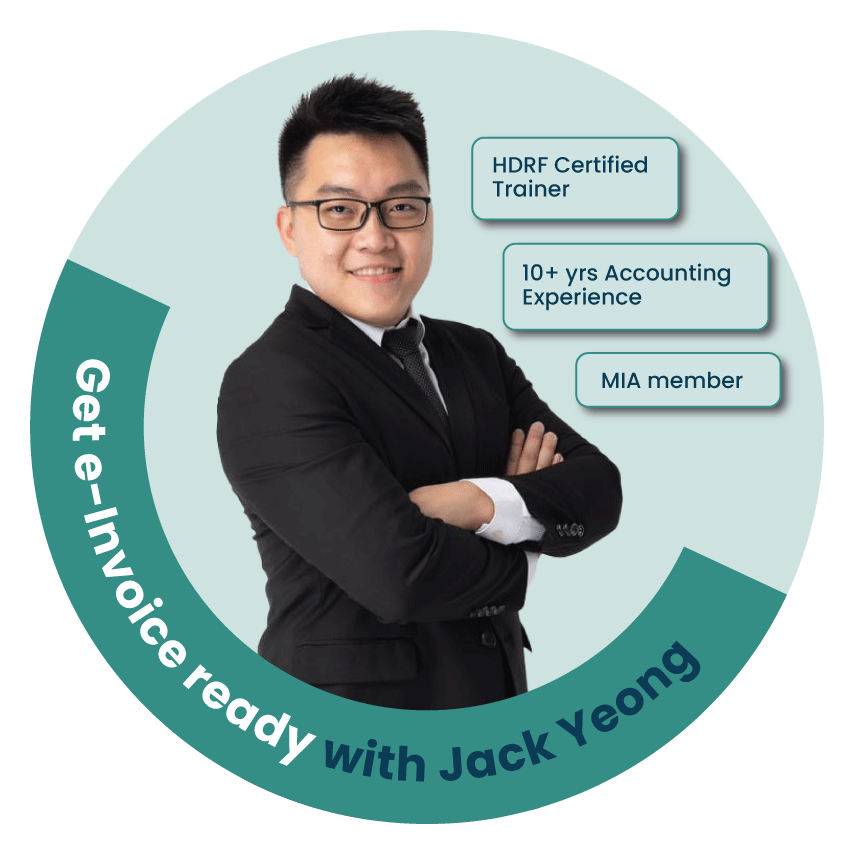
Feeling pressured to issue e-invoices—even if your revenue is below RM150K? You’re not alone.
As Phase 2 of Malaysia’s e-Invoice implementation rolls out, more businesses—big and small—are feeling the pressure to comply, even when they technically fall below the RM150,000 annual revenue threshold.
Many small business owners are confused when customers insist on getting an e-invoice—especially when your turnover hasn’t even reached RM150K.
So, should you issue one anyway? Or are you allowed to say no?
In your day-to-day operations, you might be facing questions like:
📌 Some customers request only an e-invoice, but is it acceptable not to issue a consolidated e-invoice?
📌 You issue an e-invoice under “Deposit” instead of “Sales.” Will that cause any issues with LHDN?
📌 Your turnover is below RM150K, but a client still asks for an e-invoice. What’s the right move?
Jump ahead to the quick FAQ guide below to help clear the confusion and walk you through what you can and don’t have to do during this transition.
And if you’re curious about the broader impact of e-Invoicing under Phase 2, scroll down for details on our upcoming public workshop to learn everything you need to know to master e-invoicing.
LHDN-Compliant E-invoicing FAQ for <150K Businesses
1. My business earns less than RM150K. A customer is asking for an e-invoice—can I issue one without submitting a consolidated e-invoice later?
Technically, you’re not required to issue e-invoices if your annual turnover is below RM150K. But if you choose to start issuing them—even for just one customer—it’s advisable to go all in and follow through with the full e-invoicing process, including submitting a consolidated e-invoice (if applicable).
Switching between issuing and not issuing e-invoices can create unnecessary complications—and may even raise questions with LHDN later.
Since you’re not yet in the mandatory category, take time to consider your approach. Think carefully about whether you want to voluntarily adopt e-invoicing for your business. If you decide to go ahead, be consistent. You shouldn’t issue e-invoices for some customers and skip them for others.
2. When I issue an e-invoice, can I record it under a ‘Deposit’ account instead of a ‘Sales’ account?
It depends on the nature of the deposit:
- Refundable deposits: No e-invoice is required, so recording it as a deposit is fine.
- Non-refundable deposits: Even if you record it under “Deposit,” the nature of the payment makes it a sale. In this case, you must issue an e-invoice.
Always consider the substance of the transaction—not just the account label.
3. My vendor’s turnover is under RM150K. Do I still need to issue a self-billed e-invoice for the expense?
No. If your vendor’s annual revenue is below RM150K, they’re not required to issue e-invoices, and you don’t need to issue a self-billed e-invoice either.
For documentation, you can just collect a regular invoice, bill, or receipt from them, as allowed under LHDN’s guidelines.
Watch the FAQ video:
Are you feeling confused about the LHDN e-Invoicing system?
🚨 E-invoicing Phase 3 is coming, but you don’t know how to get started?
🚨 How to choose an e-invoicing system? What’s the difference between free and paid options?
🚨 Will it affect your business and increase operating costs?
🚨 LHDN regulations are constantly changing—how can you ensure compliance?
🚨 Heard that issuing the wrong invoice could result in a fine of up to RM20,000—is it true?
Don’t let these questions stress you out!
Our E-Invoicing Course will guide you step by step to master e-invoicing, helping you navigate the new regulations with ease!
This course will help you:
✅ Resolve your e-invoicing doubts and reduce uncertainty
✅ Analyze policy impacts and plan ahead
✅ Break down the e-invoicing framework and understand future trends
✅ Learn how e-invoicing systems work to avoid business risks
✅ Discuss regulatory updates and provide practical solutions
✅ Assess whether training is needed to help your team adapt to the new system
🚀 Special Session: SQL E-Invoicing System Hands-On Demo
🔹 Complete Walkthrough – From creating an e-invoice to submitting it to LHDN, step by step
🔹 Error Prevention – Avoid common mistakes and minimize penalty risks
💡 Who Should Join?
🔹 Accountants (Freelancers & Full-time)
🔹 SME & Micro Business Owners
🔹 Anyone who wants to understand e-invoicing
⏳ Time is running out! E-invoicing isn’t something you can just “wait and see”—early preparation is key!
🎟 Limited slots available—SIGN UP NOW: https://bit.ly/42mUIFk
Your Instructor:

Course Details:
📌 E-Invoicing Course (#Mandarin):
📅 Date: 28.05.2025 (Wednesday)
⏰ Time: 9:30 AM – 5:30 PM
📍 Venue: Le Meridien Petaling Jaya
💰 Course Fee: RM 1,300 nett / person
👉🏻 SIGN UP NOW: https://bit.ly/42mUIFk
